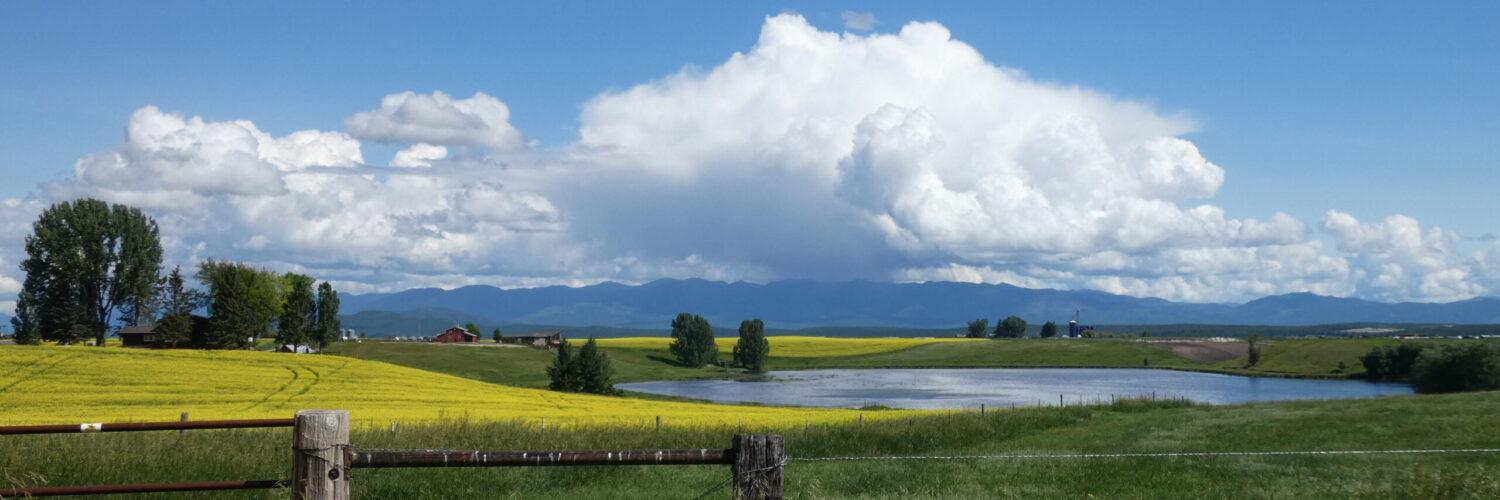by Skip Via
skip@westvalleynaturalists.org
Last September I put together an article–West Valley Bee and Bee–about building a bee hotel and developing a native pollinator garden around it to encourage native bees. Here’s a quick update.
As expected, the Bee and Bee didn’t attract any residents this past winter. I finished the project too late for any real chance of that. The bees had already found places to pass the winter. I’m hoping that the garden/hotel will encourage some activity this time around.
What Worked
The native pollinator garden was very successful. All of the plants came back and are attracting bees as we speak. A list of the varieties may be found in the original article linked above. We may move a few this fall–the evening primroses, while beautiful, are too tall for the spot, for example. It will take another summer or two to fully realize the potential of the garden, but I’m very encouraged.
The lichen farm seems to be working. Although the wolf lichen dries to a dull gray in the summer, it stays nice and green all winter. I wired some dead Ponderosa limbs to the stanchions for aesthetics, but they also make a nice home for the lichen.
What Didn’t Work
Although the hotel easily survived the winter, the spring brought some new problems, almost all of which have to do with flickers. They seem to enjoy pulling all of the tubes and cones and rocks out of the structure and flinging them around. To counter that, I’ve added some 1/4″ bird netting that should allow the bees to get in and keep the flickers away.

The netting sits a few inches away from any parts of the structure and is nearly invisible. If it doesn’t work, I’ll try some wire mesh instead.

The idea of adding sand to the water source was not a good one. It’s difficult to keep clean and sufficiently moist. I removed it and filled it with rocks.
What’s New
I added several layers of pebbles and rocks to the base of the structure to give some of the ground nesters more places to overwinter. There is plenty of bare ground for the mason bees and other species that need access to mud for nests.
So the welcome mat is out. I’ll let you know how it goes next spring…
